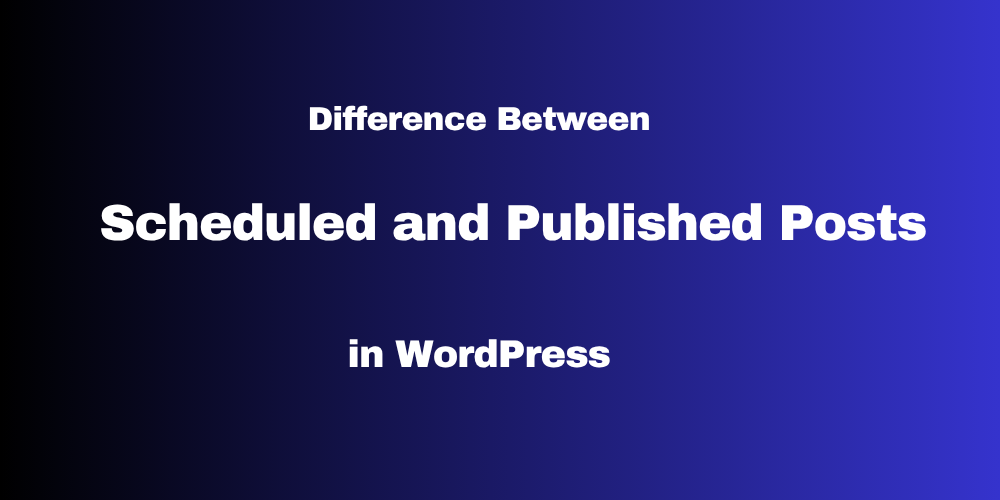Table of Contents Overview Ultimate Auction Pro Auctions Made Easy for WooCommerce Auctions for WooCommerce…
How to Add SEO-Friendly Taxonomy Pages in WordPress

Table of Contents
- What Are Taxonomy Pages in WordPress?
- Why Make Taxonomy Pages SEO-Friendly?
- How to Create a Taxonomy in WordPress
- How to Customize Taxonomy Archive Templates
- Add SEO Title and Meta Description to Taxonomy Pages
- Tips to Optimize Taxonomy Pages for SEO
- Conclusion
- FAQs
Do you want to improve your website’s structure and search visibility? Adding SEO-friendly taxonomy pages in WordPress is a smart move. These pages help both users and search engines find content easily.
Let’s learn how to create and optimize them step-by-step.
What Are Taxonomy Pages in WordPress?
In WordPress, taxonomies are ways to group your content. The most common taxonomies are:
- Categories
- Tags
You can also create custom taxonomies (like “Genres” for books or “Locations” for listings).
Each taxonomy has its own archive page, listing all posts under that term.
Why Make Taxonomy Pages SEO-Friendly?
Taxonomy pages are indexable content. When optimized, they can:
- Rank for important keywords
- Improve site structure
- Help users find related content
But if they are left empty or duplicated, they can hurt your SEO. That’s why optimization is important.
How to Create a Taxonomy in WordPress
To create a custom taxonomy, add this code to your theme’s functions.php:
function create_custom_taxonomy() {
register_taxonomy(
'genre',
'post',
array(
'label' => __( 'Genre' ),
'rewrite' => array( 'slug' => 'genre' ),
'hierarchical' => true,
)
);
}
add_action( 'init', 'create_custom_taxonomy' );
Or use plugins like Custom Post Type UI for a no-code option.
How to Customize Taxonomy Archive Templates
To control how taxonomy pages look:
- Create a file named
taxonomy-{taxonomy-name}.phpin your theme folder.
Example:taxonomy-genre.php - Use
WP_Queryor loops to show custom content. - Add headings, descriptions, and custom layouts.
Add SEO Title and Meta Description to Taxonomy Pages
To do this, install Yoast SEO or All in One SEO plugin.
With Yoast SEO:
- Go to SEO > Search Appearance > Taxonomies
- Enable taxonomy types like Categories or Tags
- Set custom SEO titles and meta descriptions using variables
Example:
Title template: %%term_title%% Archives | %%sitename%%
Meta description: Discover posts under %%term_title%% and explore more related topics.
Tips to Optimize Taxonomy Pages for SEO
- Add unique descriptions for each term (you can do this in the category editor)
- Avoid thin content by ensuring there are enough posts under each term
- Use canonical URLs to avoid duplicate content
- Internally link to important taxonomy pages
- Add images, subheadings, and intro text to each taxonomy archive
Conclusion
Creating SEO-friendly taxonomy pages in WordPress helps organize content better and boost your site’s ranking. By adding custom descriptions, optimizing titles, and managing templates, your taxonomy archives can become valuable SEO assets.
FAQs
Are taxonomy pages indexed by Google?
Yes, if you allow it. You can control indexing with SEO plugins like Yoast or AIOSEO.
Can I add content to taxonomy archive pages?
Yes, use the description field in the admin, or customize the template files.
Should I use categories or tags for SEO?
Both help, but use categories for broader topics and tags for specific keywords.
How do I stop duplicate content on taxonomy pages?
Use canonical tags, avoid listing the same content under many terms, and add unique descriptions.







This Post Has 0 Comments